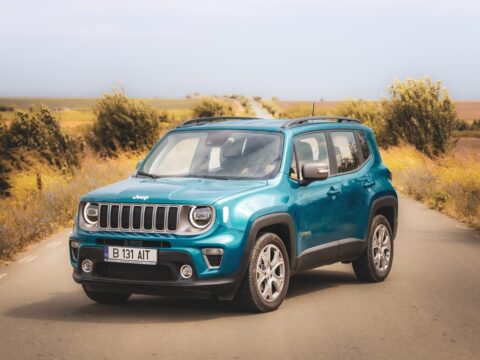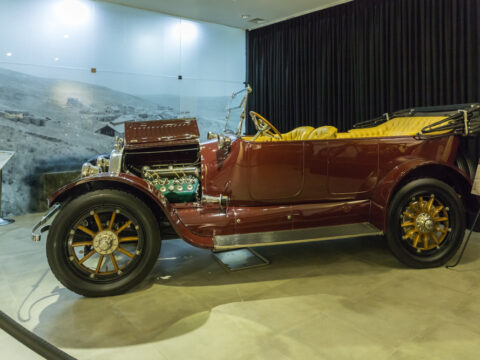Sports cars are often admired for their sleek and aggressive designs, but not all are crowd-pleasers. This article explores sports cars that, despite excellent performance, have faced criticism for their unconventional and sometimes unattractive designs.
Contents
SsangYong Actyon Sports

This South Korean car tried to combine a pickup’s utility with a sports car’s performance. Unfortunately, the result was a car that had a disjointed aesthetic with an awkwardly rounded front end mated to a boxy truck bed. The combination of car-like features with a truck-like body gave it an overall ungainly appearance.
Ferrari 612 Scaglietti
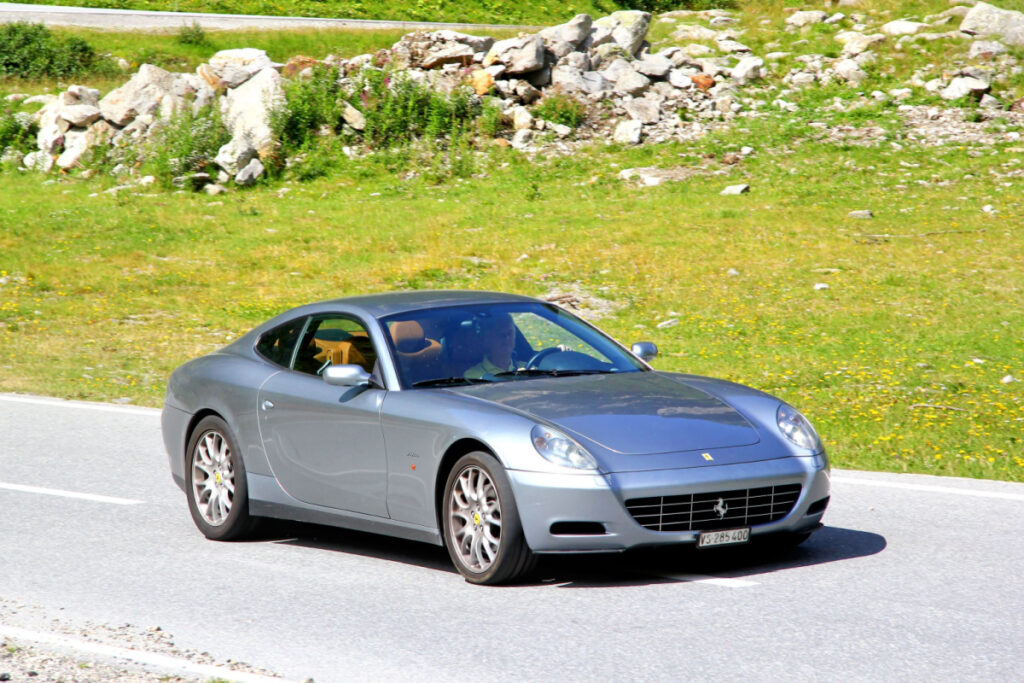
Ferrari cars are usually celebrated for their design, but the 612 Scaglietti was not as well-received. Critics found its long hood and bulbous rear end unbalanced. The proportions didn’t gel well, giving the impression of an extended front and an abruptly cut-off back end. Despite housing a 5.7-liter V12 engine producing 540 horsepower, its design often overshadows its impressive performance specifications.
Subaru SVX

The SVX was a departure from Subaru’s more conventional designs. Its most notable feature was its unconventional window-within-a-window design. Critics argue that it disrupted the flow of the car’s design, making it seem more awkward than avant-garde. The car did have a flat-six engine with 231 horsepower, but that didn’t compensate for its awkward looks for many people.
Aston Martin Lagonda
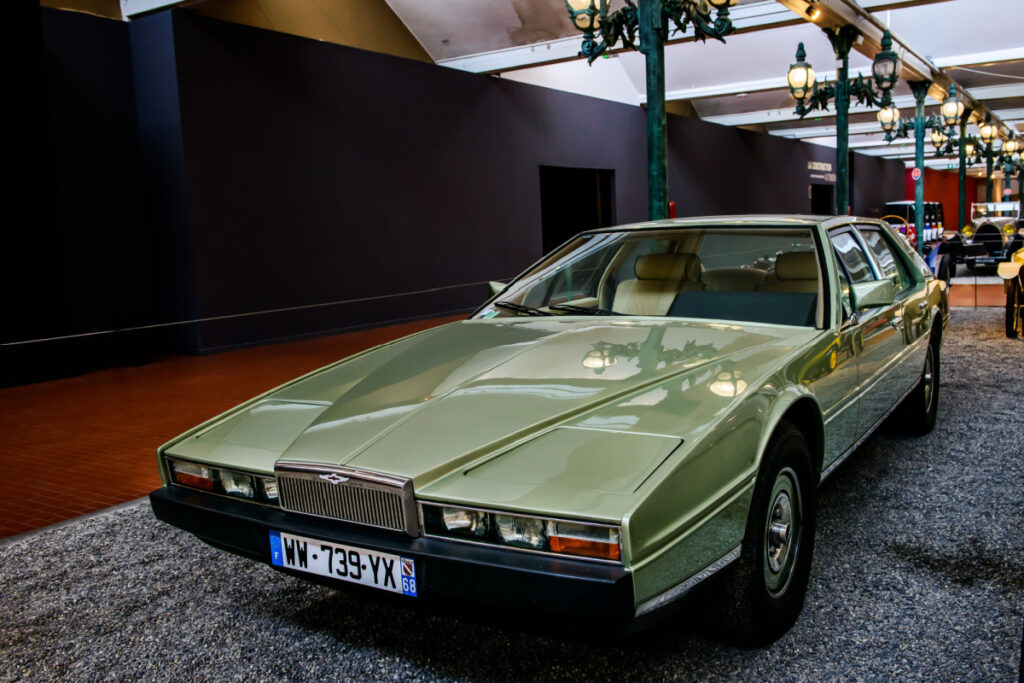
The Lagonda was a wedge-shaped car from the late ’70s and early ’80s. It was radical for its time, but many have since decided that its design was overly ambitious. Its low, flat front end and trapezoidal headlight design have often been criticized for their lack of elegance and harmony. The vehicle does have a 5.3-liter V8, but the design often overshadows its performance.
BMW 3.0 CSL Batmobile

Known as the “Batmobile,” this race car had a number of protruding aerodynamic features. The aggressive front air dam, massive rear wing, and fender flares were all functional but gave the car a busy and overdone look. The design was divisive despite its race-winning performance.
TVR Sagaris
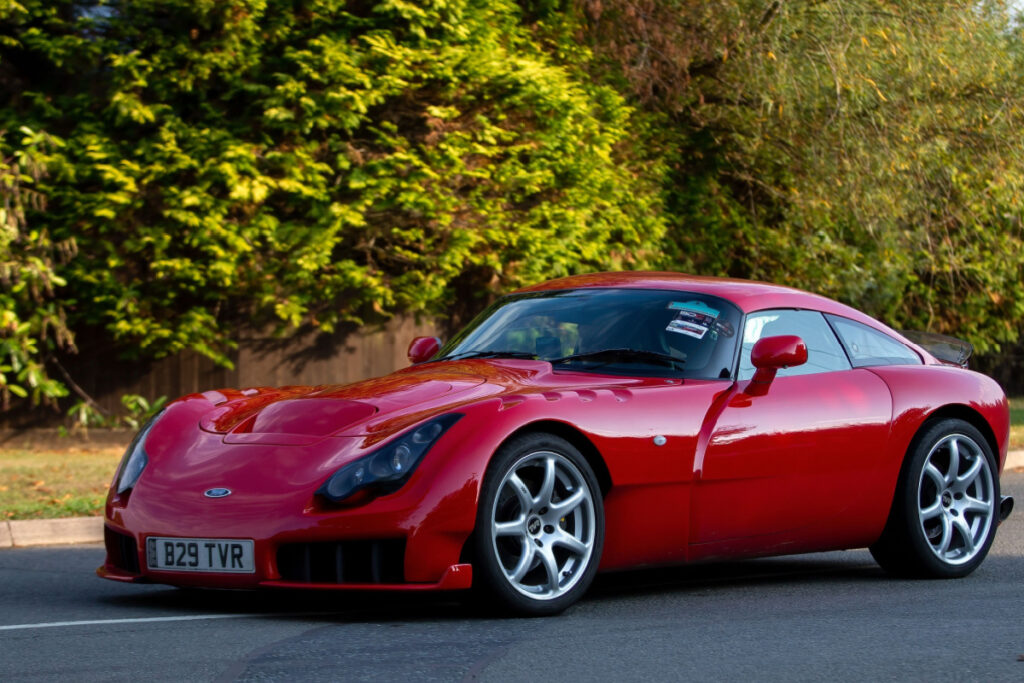
Known for their unusual designs, TVR took things a step further with the Sagaris. With its multitude of air vents, side exhausts, and a lack of door handles, this car is described by many as bizarre-looking. Even with a 4.0-liter inline-six engine producing 380 horsepower, its unconventional appearance makes it a subject of design debates.
Lotus Europa

Despite its mid-engine layout and respectable performance, the Lotus Europa’s design was criticized for its disproportionately long rear end and relatively short front. The car’s breadvan-like shape, combined with its small, angular cabin, led many to question its aesthetics, despite its innovative engineering for the time.
Mitsuoka Orochi

Named after a mythical eight-headed serpent, the Mitsuoka Orochi sports car features an over-styled exterior with excessive curves and detailing. Its front end, resembling multiple snake heads and an awkwardly long rear end, gives the car an unbalanced and ungainly look, undermining its 3.3-liter V6 engine’s potential.
DeTomaso Pantera
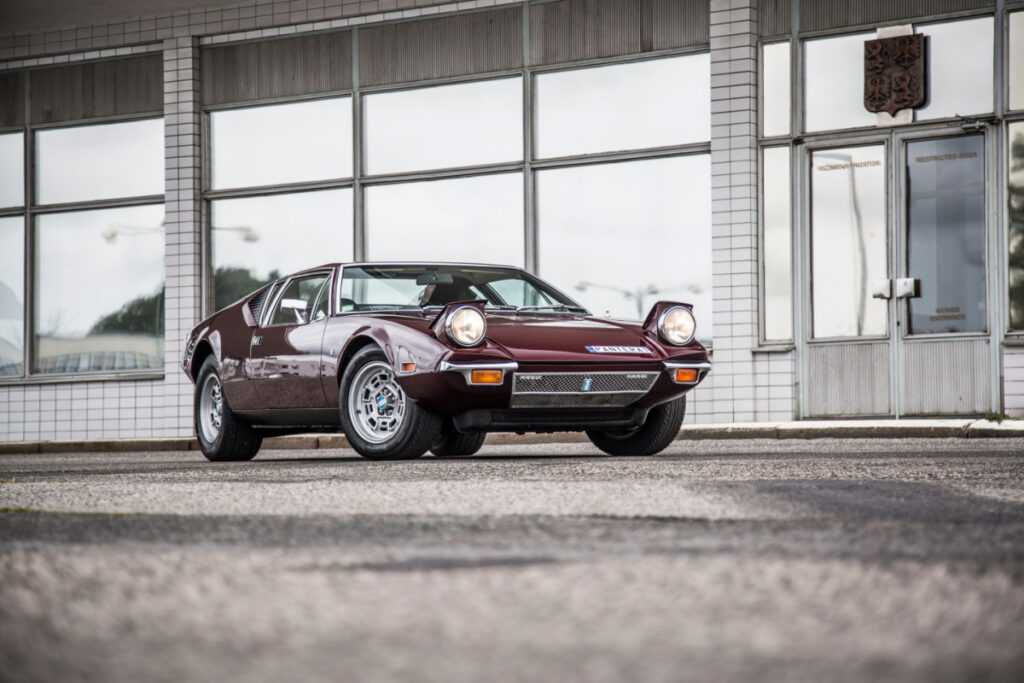
Although some consider it a classic, the Pantera has also been criticized for its wedge-shaped design. The flat front, rising sharply to a high, flat rear deck, was seen by many as lacking subtlety or complexity. It has a Ford V8 engine at its heart, but its contentious design often overshadows its performance.
Nissan IDX Nismo

The IDX Nismo concept car from Nissan drew inspiration from Datsun’s past models but ended up with a design that some people found jarring. Its boxy shape, narrow cabin, and disproportionally large wheel arches led to a divisive design, regardless of its sporty performance capabilities.
Bugatti Veyron
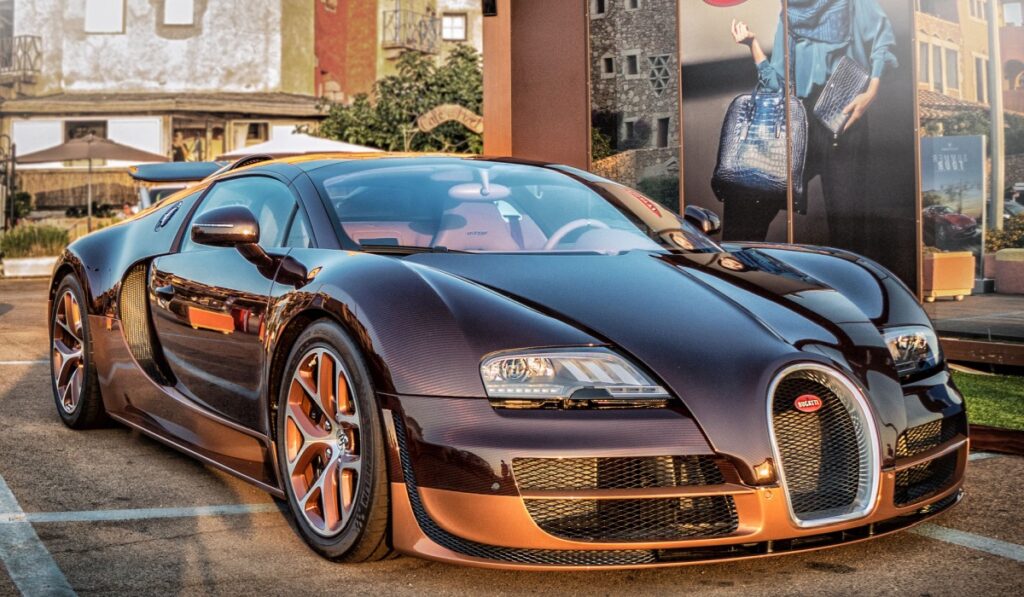
The Veyron is one of the most remarkable engineering feats in the automotive industry. However, its bulbous shape, large grille, and two-tone color schemes often divide opinions. Despite housing a massive 8.0-liter W16 quad-turbocharged engine producing 1001 horsepower and being one of the fastest cars in the world, its design is often a point of contention.
Studebaker Avanti

The Avanti was Studebaker’s attempt at a high-performance luxury coupe. Despite its impressive performance for the time, the Avanti’s design was controversial. Its unusual, rounded shape, complete with a rather bulbous nose and lack of a traditional front grille, was seen by many as awkward and ill-proportioned. Regardless of its quirky design, the Avanti is still recognized for its advanced features for the era, such as front disc brakes and a built-in roll bar.
Plymouth Prowler

The Prowler was Plymouth’s retro-futuristic take on the traditional hot rod. With its open front wheels, tapering tail, and high beltline, the Prowler’s design was daring but widely criticized for its exaggerated proportions. Underneath the divisive bodywork, the Prowler featured a 3.5-liter V6 engine that produced 253 horsepower. Its design might have been questionable, but the Prowler’s performance credentials were certainly in line with its sports car billing.
Lombardi Grand Prix
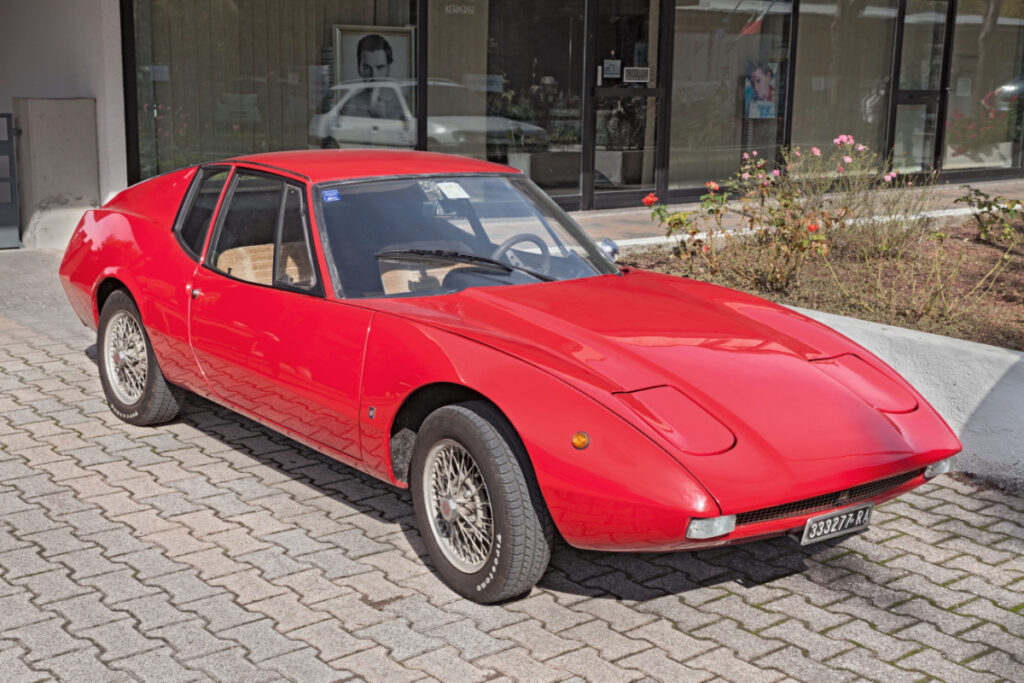
The Lombardi Grand Prix is a small Italian sports car that’s often criticized for its strange proportions. Its long front hood, short and low cabin, and abrupt rear give it a somewhat unbalanced look. The car featured a small Fiat-sourced four-cylinder engine and lightweight body, making it quite agile, but its unusual aesthetics often take center stage.
Cadillac XLR
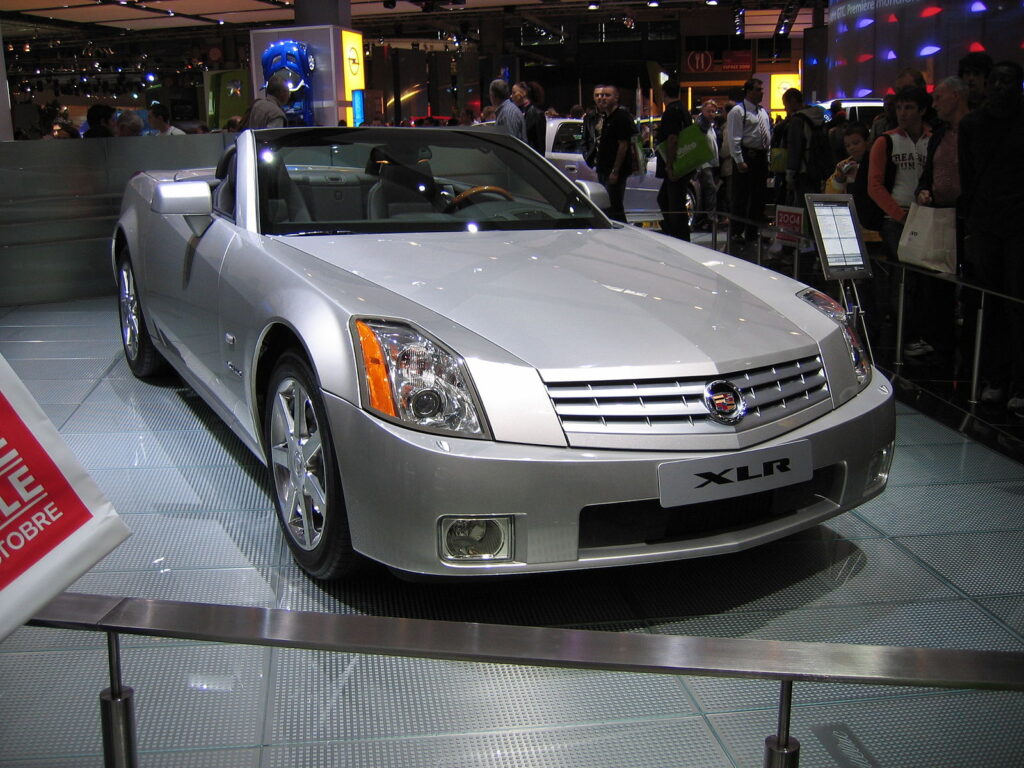
Based on the same platform as the Chevrolet Corvette, the Cadillac XLR featured a Northstar V8 engine capable of producing 320 horsepower. Despite its performance credentials, the XLR was often criticized for its angular, sharp design that lacked the fluidity and elegance typically associated with luxury sports cars. With a price tag around $75,000, it was positioned as a luxury roadster but didn’t achieve the aesthetic appeal that buyers in this segment often sought.
Chevrolet SSR

The Chevrolet SSR (Super Sport Roadster) was an attempt at blending a retro styling with sports car performance in a pickup format, which featured a retractable hardtop convertible design. Powered by up to a 6.0-liter V8 engine producing 390 horsepower, the SSR offered solid performance. However, its unusual design—mixing elements of a classic 1950s truck with a modern sports car—received mixed reactions for not fitting clearly in any single vehicle category.
BMW i8
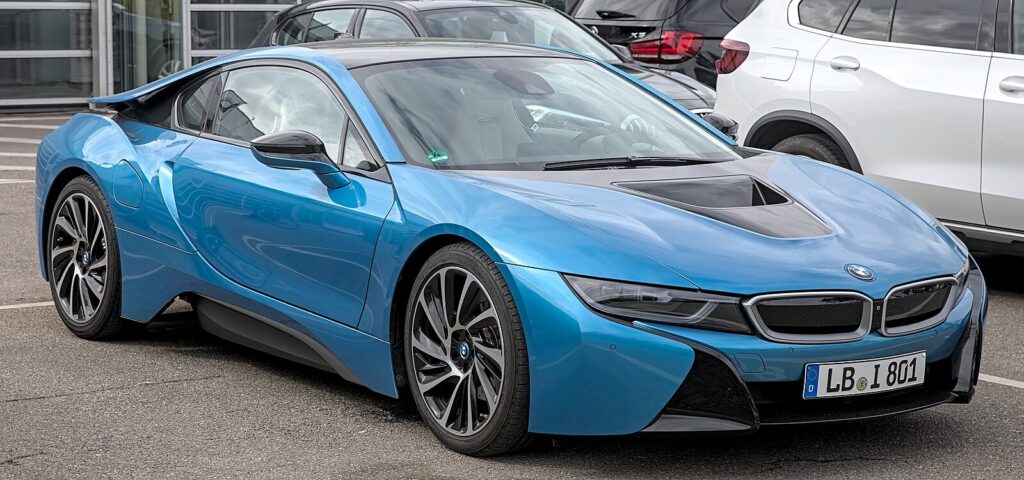
The BMW i8 is a plug-in hybrid sports car with futuristic styling, including upward-swinging doors and a low-slung, angular body. While its design was innovative, some critics felt the overly complex lines and the combination of different materials (like carbon fiber and plastic panels) did not convey the traditional sports car aesthetics. Powered by a combination of a 1.5-liter turbocharged engine and electric motors, the i8 was praised for its performance but its design was divisive.
Tesla Roadster (First Generation)
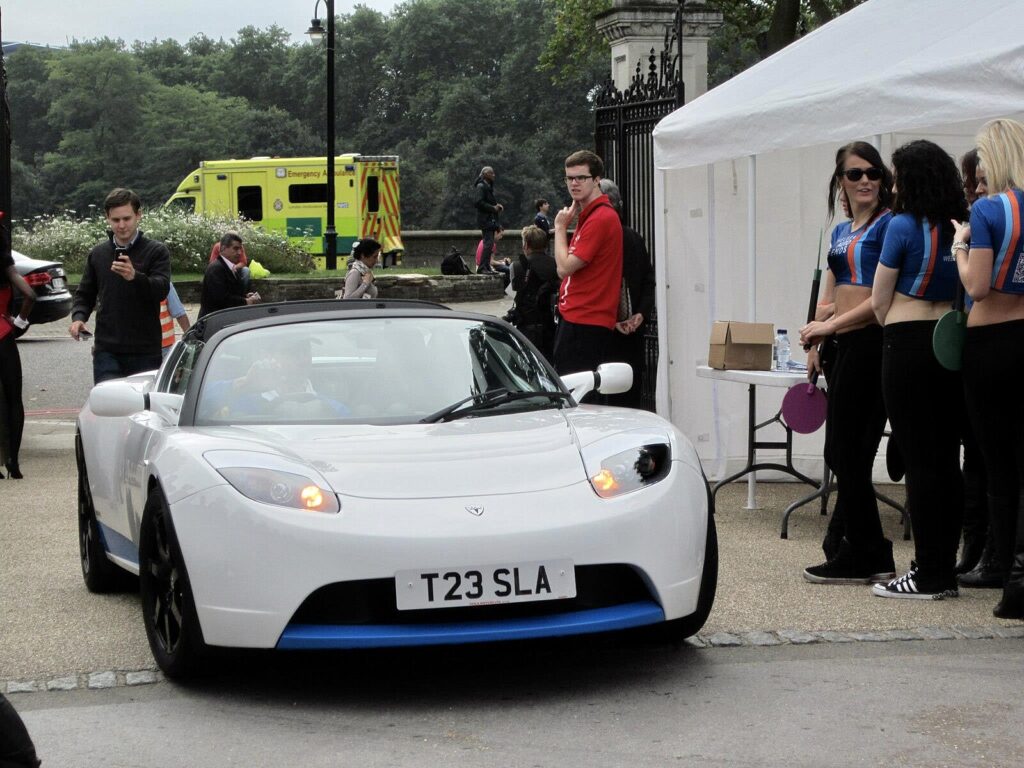
The first-generation Tesla Roadster helped to change perceptions about electric vehicles with its sporty performance, but its Lotus Elise-based design was not universally loved. Some critics felt it lacked originality and the features that would set it apart from more conventional sports cars in terms of design aesthetics.
Toyota MR2 (Third Generation)

The third generation of the Toyota MR2, also known as the MR-S in some markets, was criticized for its drastic departure from the previous generation’s more angular design to a more rounded, softer appearance. Despite its excellent mid-engine rear-wheel-drive layout and engaging driving dynamics, the new design wasn’t well-received for lacking the aggressive stance expected of a sports car.
Chrysler Crossfire
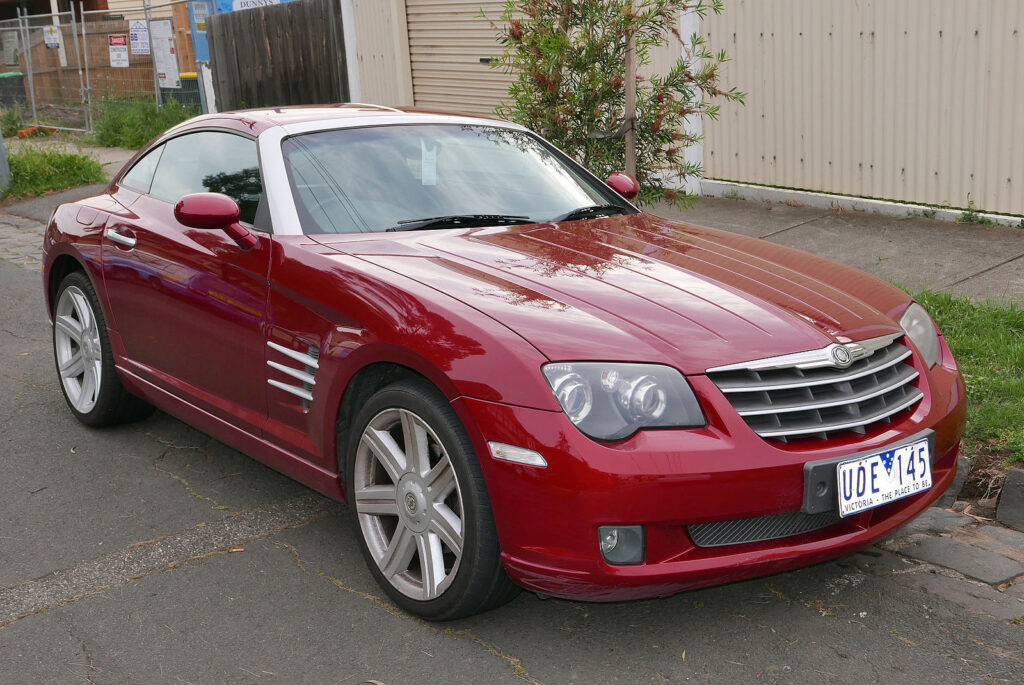
The Chrysler Crossfire was a sports coupe and roadster that featured a distinctive boat tail design, which was quite polarizing. Its built quality and performance, derived from Mercedes-Benz components including a 3.2-liter V6 engine, were respectable, but the styling was often criticized for being too divisive.
Maserati MC20
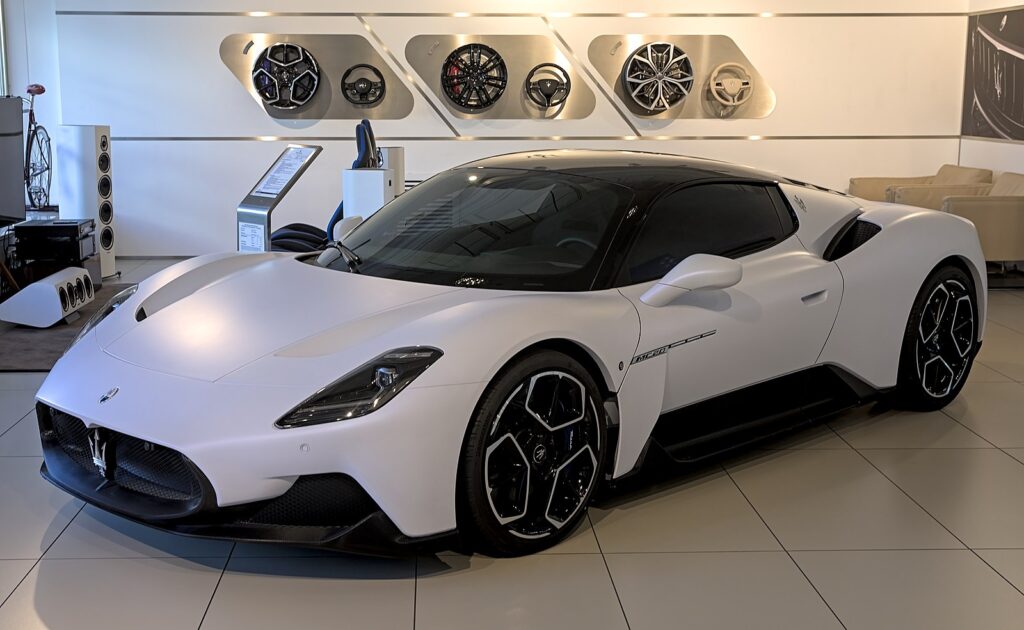
The Maserati MC20 marks a return to form for Maserati with its supercar ambitions, featuring a mid-engine layout and a striking, futuristic design. While it is generally well-received, some purists argue that its design doesn’t carry enough of Maserati’s classic design cues, making it look more generic among modern supercars.
Lotus Elise Series 1
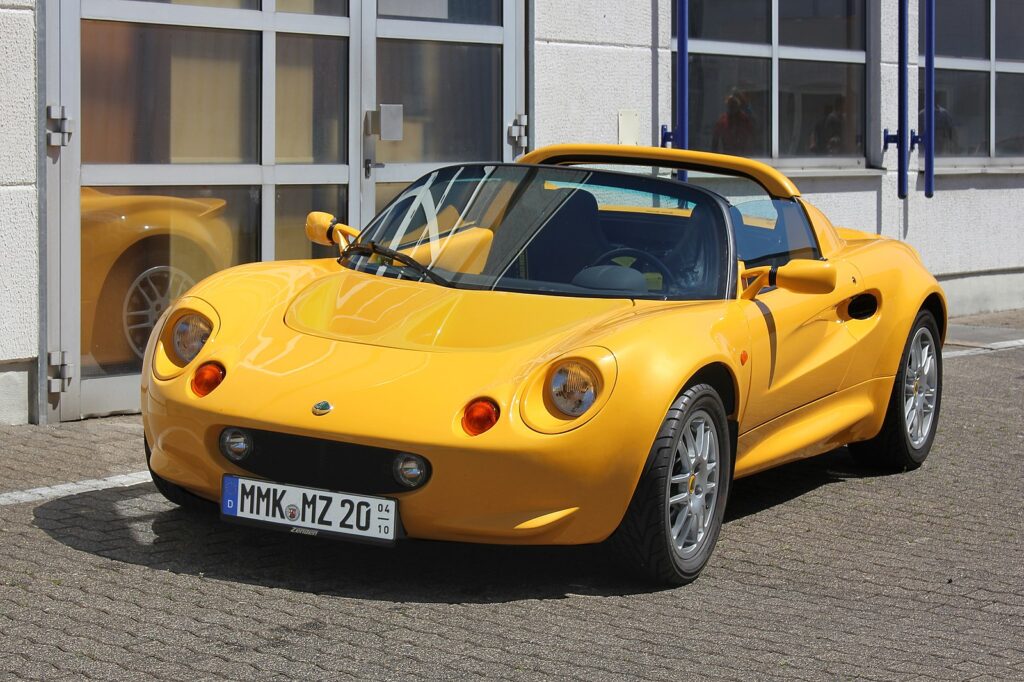
The Lotus Elise Series 1 was revolutionary in terms of performance and handling, thanks to its extremely lightweight design and focus on driving purity. However, its small size and somewhat quirky styling, characterized by very minimalistic and bare-bones design elements, were not universally appreciated.
Porsche 914
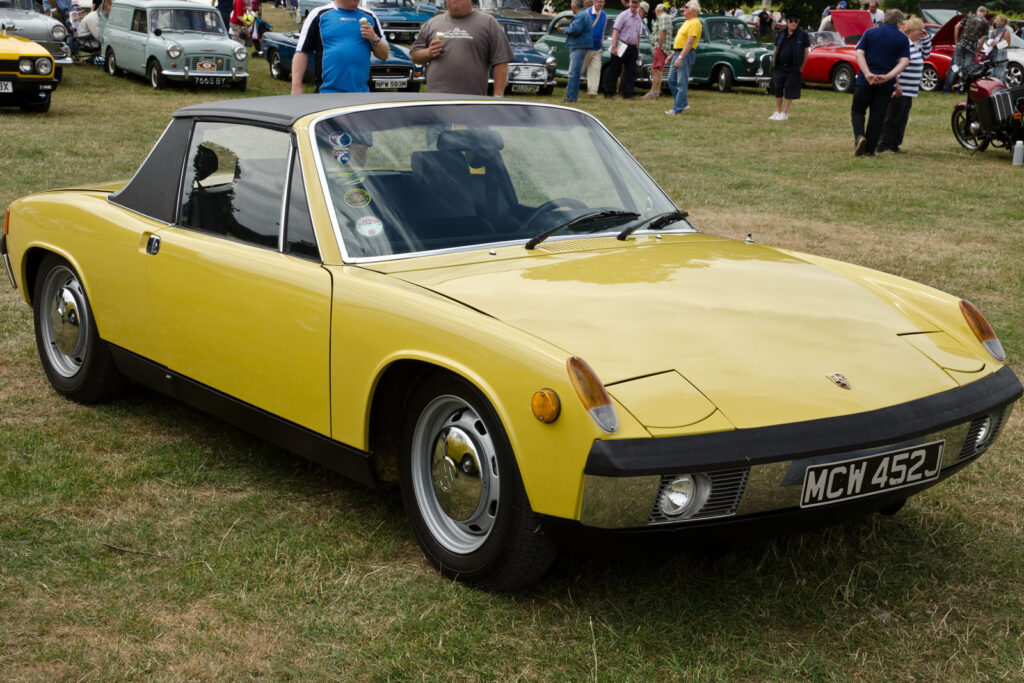
The Porsche 914, developed in collaboration with Volkswagen, was a departure from Porsche’s more traditional designs. Its boxy, flat, and wide stance was criticized for lacking the elegance of other Porsche models. Its performance was respectable with options for a flat-four or flat-six engine, but it never reached the iconic status of other Porsche sports cars due to its controversial styling.
Jaguar XJS
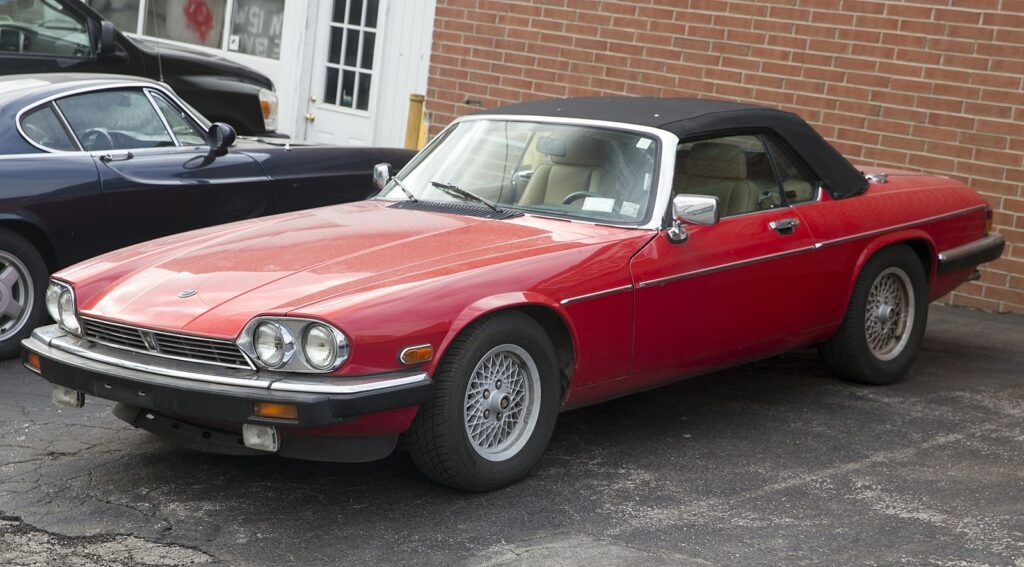
The Jaguar XJS replaced the iconic E-Type and was initially met with skepticism over its design. The grand tourer featured a more angular and less sporty design than its predecessor, which was seen as a step back in terms of aesthetics. Despite this, it offered powerful V12 performance and became more appreciated over time.
Pontiac Solstice
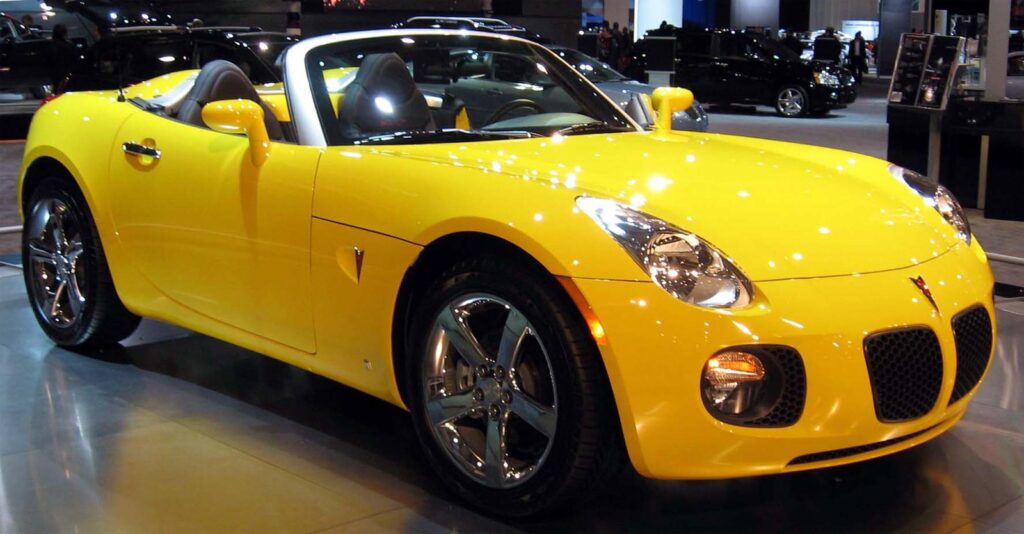
The Pontiac Solstice was a compact roadster that offered commendable performance and handling at an affordable price. However, its design was often seen as trying too hard to appear sporty, with critics pointing out its overly curvaceous lines and somewhat bulky rear end.
This article originally appeared on MyCarMakesNoise.
More from MyCarMakesNoise
10 Prestigious Car Brands That Miss the Mark

Behind the shiny badges and glossy marketing are some brands whose reputation for luxury doesn’t quite match reality. Read More.
20 Cars That Have Faded from Everyday Roads

Once staples of American and European highways, these cars that defined the technological advancement of their ages now have their place as relics of memories in exhibitions and auto museums. Read More.
Top Used Electric Cars That Won’t Break the Bank

In this article, we’ll navigate the exciting landscape of pre-owned EVs, highlighting models that deliver the most bang for your buck. Read More.



